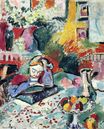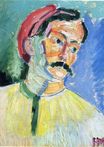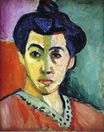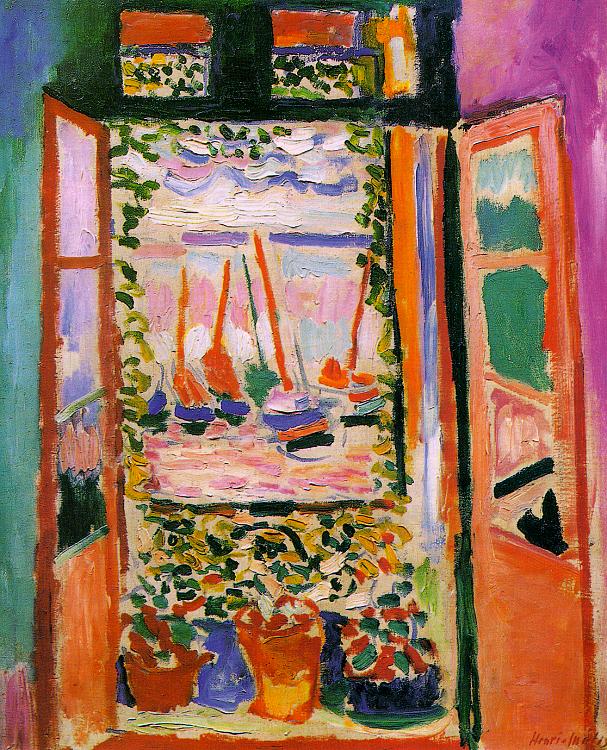Henri Matisse - Open Window, Collioure 1905
 |
 |
 |
 |
 |
 |
 |

Open Window, Collioure 1905
55x46cm oil/canvas
National Gallery of Art, Constitution Avenue NW, Washington
<< Previous G a l l e r y Next >>
From the National Gallery of Art, Washington, DC. :
Matisse's Open Window, Collioure is an icon of early modernism. A small but explosive work, it is celebrated as one of the most important early paintings of the so-called fauve school, a group of artists, including André Derain, Maurice de Vlaminck, and Georges Braque, that emerged in 1904. Fauve paintings are distinguished by a startling palette of saturated, unmixed colors and broad brushstrokes. The effect is one of spontaneity, although the works reveal a calculated assimilation of techniques from postimpressionism and neo-impressionism. Open Window represents the very inception of the new manner in Matisse's art.
It was painted in Collioure, a small town on the Mediterranean coast of France to which Matisse traveled with Derain in the summer of 1905.
Open Window was exhibited at the landmark Salon d'automne of 1905, where Matisse and other fauve painters were greeted with critical skepticism and public disdain. The "fauve" (savage beast) label itself originated in the art critic Louis Vauxcelles' newspaper review of the exhibition. Vauxcelles, who reproached Matisse for the diminishing coherence of form in his work, praised the artist as "one of the most robustly gifted of today's painters"; his use of the term "fauves," which appears twice, is actually ambiguous: it alludes both to Matisse's fellow painters in Salle VII of the Salon and to the insensitive public, who scorned Matisse's work. Nonetheless, the press was soon referring to Salle VII as a cage aux fauves (cage of wild beasts), and, by 1906, this had become an accepted epithet for Matisse, Derain, and his fellow painters.